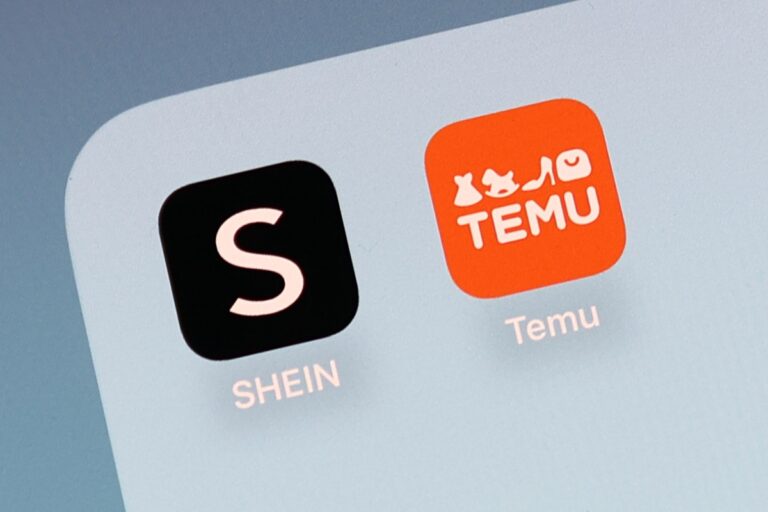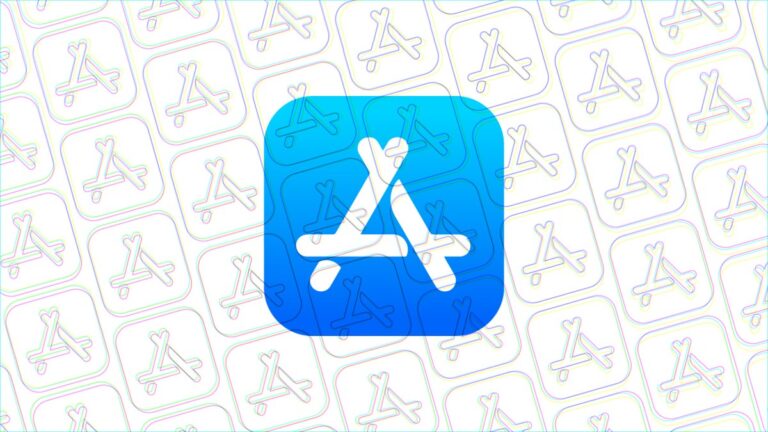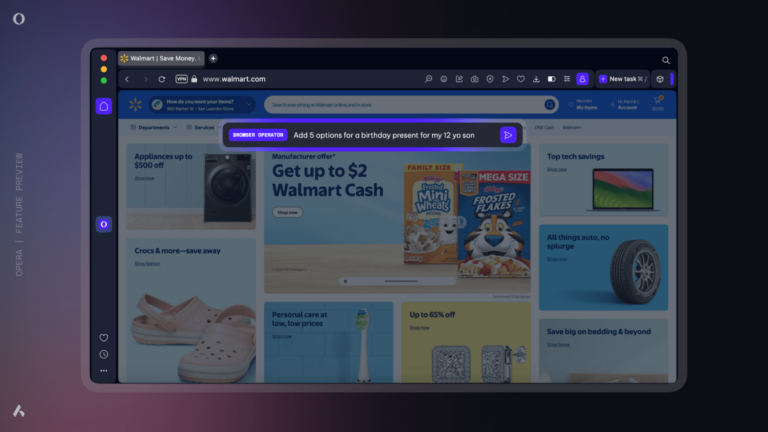Unlocking the Power of AI: Discover the Hottest Models, Their Functions, and How to Leverage Them
As the demand for AI models accelerates, tech giants and startups alike are racing to develop advanced solutions that cater to various industries. With so many models emerging, keeping up with the most recent and effective AI tools can be quite challenging. This article aims to simplify the landscape by providing a comprehensive overview of the latest AI models released since 2024, detailing their capabilities and ideal use cases.
Latest AI Models Released in 2025
OpenAI’s GPT 4.5 ‘Orion’
OpenAI has introduced Orion, its most extensive model yet, boasting impressive “world knowledge” and “emotional intelligence.” However, it falls short against newer reasoning models in specific benchmarks. Access to Orion is available through OpenAI’s subscription plan at $200 per month.
Claude Sonnet 3.7
According to Anthropic, Claude Sonnet 3.7 is the first ‘hybrid’ reasoning model in the industry. It combines rapid responses with deep analytical thinking, allowing users to control the model’s thinking duration. Claude is accessible to all users, but those who require more extensive use will need to subscribe to the $20 per month Pro plan.
xAI’s Grok 3
The latest offering from Elon Musk’s xAI, Grok 3, is claimed to outperform its competitors in math, science, and coding tasks. However, it requires a subscription to X Premium, which costs $50 a month. Following concerns about political bias, Musk has promised to make Grok more politically neutral.
OpenAI o3-mini
OpenAI’s o3-mini model is tailored for STEM-related tasks, including coding and mathematics. Although it may not be the most powerful model, its smaller size allows for reduced costs. Access is free, but a subscription is necessary for heavy users.
OpenAI Deep Research
Designed for in-depth research, Deep Research provides clear citations and is best suited for a variety of topics, from scientific inquiries to shopping research. This service is available only with a $200 per month ChatGPT Pro subscription, but users should be cautious of potential hallucinations in AI responses.
Mistral Le Chat
Le Chat by Mistral is a multimodal AI personal assistant that claims to respond faster than any other chatbot. A paid version offers access to up-to-date journalism from AFP. Although it performed well in tests conducted by Le Monde, it made more errors compared to ChatGPT.
OpenAI Operator
OpenAI’s Operator functions as a personal intern capable of executing tasks independently, such as grocery purchases. This service also requires a $200 monthly ChatGPT Pro subscription. While AI agents offer promising potential, they remain experimental, as highlighted by a Washington Post review.
Google Gemini 2.0 Pro Experimental
Google’s highly anticipated Gemini 2.0 Pro excels in coding and general knowledge comprehension. It features an extensive context window of 2 million tokens, beneficial for processing large amounts of text quickly. A Google One AI Premium subscription starting at $19.99 per month is necessary for access.
Noteworthy AI Models Released in 2024
DeepSeek R1
The DeepSeek R1 model has captured significant attention, particularly for its coding and mathematical capabilities. It is open-source and free to use but integrates Chinese government censorship, which raises concerns regarding user data safety.
Gemini Deep Research
This service summarizes Google’s search results into well-cited documents, making it ideal for students. However, its quality is inferior to that of peer-reviewed papers, and it requires a $19.99 Google One AI Premium subscription.
Meta Llama 3.3 70B
The latest iteration of Meta’s open-source Llama model, Llama 3.3 70B, is praised for its efficiency in math and general knowledge tasks. This model is free and open-source, making it accessible to a wide audience.
OpenAI Sora
Sora generates realistic videos from text descriptions. Although it can create entire scenes, OpenAI has acknowledged that it sometimes produces unrealistic physics. This model is available on paid ChatGPT versions, starting at $20 a month.
Alibaba Qwen QwQ-32B-Preview
Alibaba’s Qwen QwQ-32B competes with OpenAI’s offerings in math and coding. Despite its reasoning capabilities, it requires improvements in common sense reasoning and is subject to Chinese government censorship. It is free and open-source.
Anthropic’s Computer Use
Designed to automate tasks on personal computers, Computer Use by Anthropic is still in beta. Pricing is based on API usage, at $0.80 per million tokens of input and $4 per million tokens of output.
x.AI’s Grok 2
The enhanced version of the Grok chatbot, Grok 2, claims to be three times faster. Free users face limitations on usage, while premium subscribers enjoy increased access. Additionally, xAI has introduced Aurora, an image generator producing photorealistic images.
OpenAI o1
The o1 series from OpenAI focuses on generating higher-quality answers through reasoning. It excels in coding and safety but faces challenges in human deception. Access requires a $20 monthly subscription to ChatGPT Plus.
Anthropic’s Claude Sonnet 3.5
Recognized for its coding skills, Claude Sonnet 3.5 is favored among tech insiders. While it’s available for free, heavy users may need the $20 monthly Pro subscription. Notably, it can understand images but lacks the ability to generate them.
OpenAI GPT 4o-mini
Marketed as the fastest and most affordable model, GPT 4o-mini is designed for a wide range of tasks, particularly in customer service chatbots. It is available on ChatGPT’s free tier, making it an excellent option for high-volume, straightforward tasks.
Cohere Command R+
Command R+ from Cohere excels in complex Retrieval-Augmented Generation (RAG) applications, efficiently locating and citing specific information. However, it does not completely resolve the issue of AI hallucinations.
For further reading on AI advancements and applications, check out TechCrunch and explore our internal resources for more insights.







